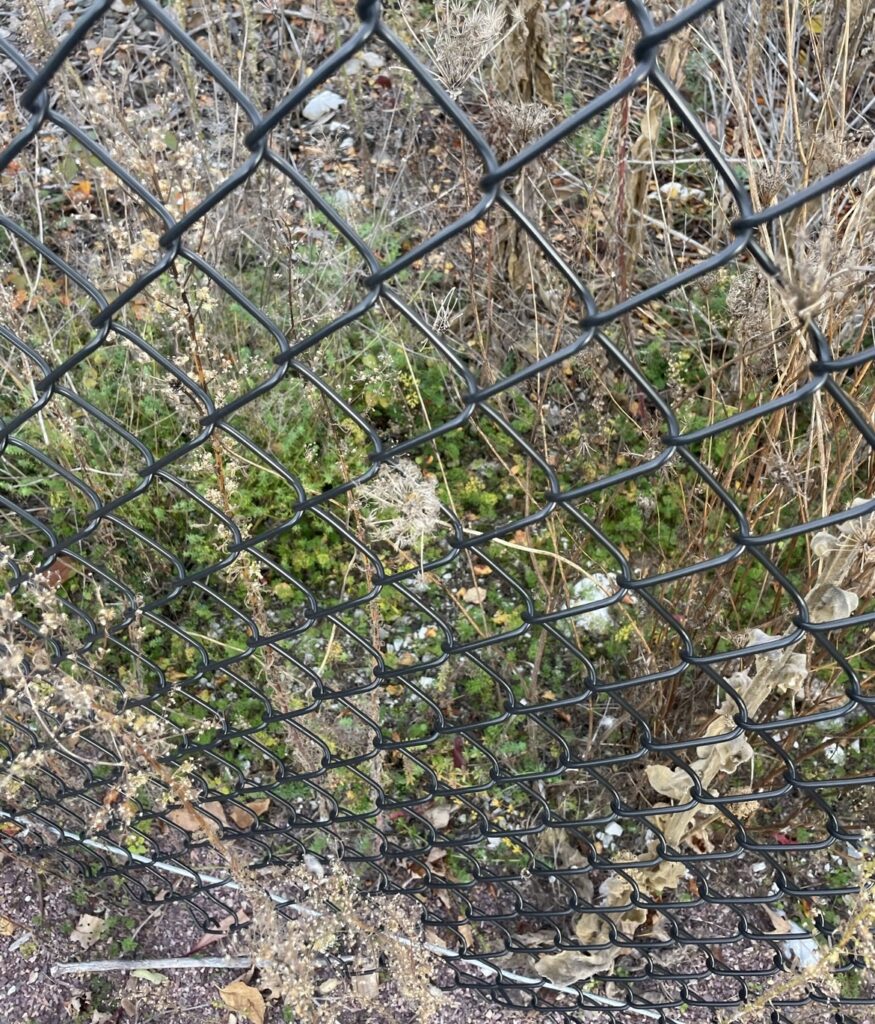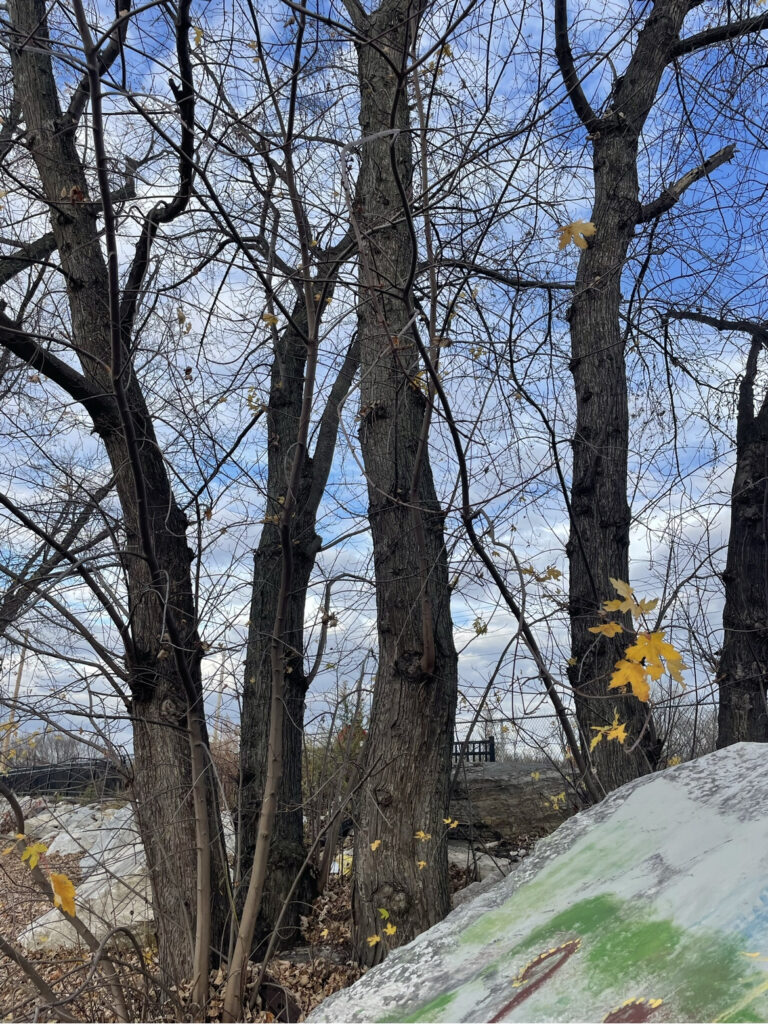Since last time I visited my Phenology Spot, not much has changed. When I visited my spot last time there wasn’t really any leaves on the tree species present at the site. When I visited this time, there was no leaves still. The buckthorn and other woody shrubs that lined the bike path and higher part of the beach that were still lively looking last time I visited. Now they looked more bare and had less leaves than last time. All the Queen’s Anne’s Lace that was planted there for aesthetic purposes were now dead as well.
Down by the shore line, the aquatic grasses were now all brown when last time the majority was still green. This lead me to believe that the aquatic grasses were hardy than other species at my sight or the lake has been recently decreasing it’s temperature more rapidly now as the weather is getting colder and more windy. Each time I visit my sight the more and more windier it seems to be down by the water’s edge.
I saw some Canadian geese footprints on the beach but I did not see any this time. I also saw more crows down by the water than I saw last time. In other places on campus I’ve been seeing many crows so this makes sense to me. The leaf litter of my spot also has been pushed into the rocks lining the beach rather than being scattered along the beach last night. I think because the wind has increased recently the leaves have been pushed up to the edges of the beach before the bike path.


What aspects of my Phenology Spot do I like the most?
I really enjoy being by the lake. That is the reason why I picked this spot. Yes it is not covered by many species but it still has it’s own unique ecosystem that we have not looked at in NR 1 this year. I always wonder how important the aquatic grasses are to keeping the bike path from getting damaged and from excess flooding to occur. I imagine that there was probably many more grasses acting as riparian buffers years ago and how the loss of the species along the coast of Lake Champlain has effected the flooding incidents along the waterfront?